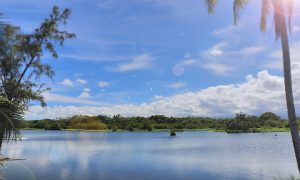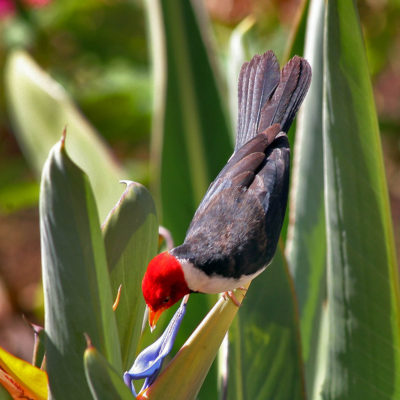Paroaria capitata | yellow-billed cardinal
Introduced
Native to South America, the yellow-billed cardinal is easily seen with their bright red head and namesake yellow beak. They also have black upperparts, a partial white collar that nearly meets at back of neck, white underparts, black chin and throat, and brown-pink legs and feet. Females are more gray with a brown head. They are often seen feeding on seeds and insects. They were introduced in the 1960s but now can be seen across Hawaiʻi in parking lots, short grassy fields, and in shrubby areas.
Hotspots for yellow-billed cardinal
- Keāhole Point | Details for Keāhole Point
- Kaloko-Honokōhau National Historic Park | Details for Kaloko-Honokōhau National Historic Park
- Honua‘ula Forest Reserve (Makāula -‘O‘oma section) | Details for Honua‘ula Forest Reserve (Makāula -‘O‘oma section)
- Waiki‘i (off Old Saddle Road) | Details for Waiki‘i (off Old Saddle Road)
- Pu‘u Huluhulu Trail | Details for Pu‘u Huluhulu Trail
- Pu‘u ‘Ō‘ō Trail | Details for Pu‘u ‘Ō‘ō Trail
- Kaulana Manu Nature Trail | Details for Kaulana Manu Nature Trail
- Kaūmana Trail | Details for Kaūmana Trail
- Wailoa River State Park | Details for Wailoa River State Park
- Loko Waka Pond | Details for Loko Waka Pond
Keāhole Point
Coastal
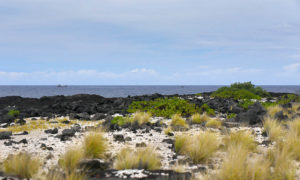
Kaloko-Honokōhau National Historic Park
Wetland
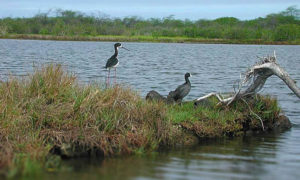
Honua‘ula Forest Reserve (Makāula -‘O‘oma section)
Wet forest
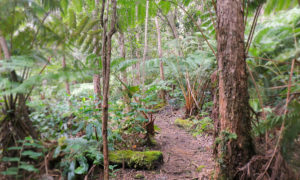
Waiki‘i (off Old Saddle Road)
Pasture and grasslands
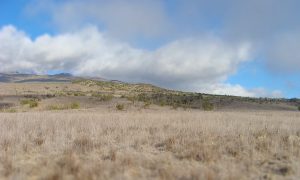
Pu‘u Huluhulu Trail
Dry forest
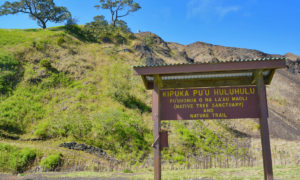
Pu‘u ‘Ō‘ō Trail
Wet forest
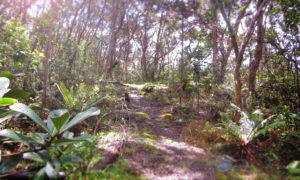
Kaulana Manu Nature Trail
Wet forest
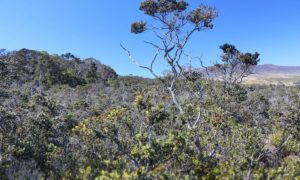
Kaūmana Trail
Wet forest
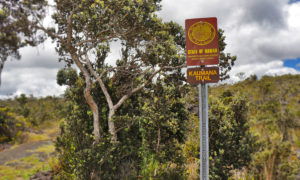
Wailoa River State Park
Wetland
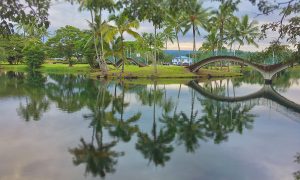
Loko Waka Pond
Wetland
